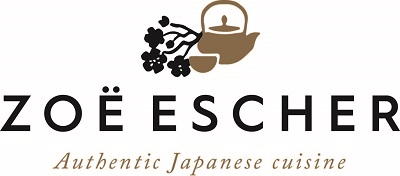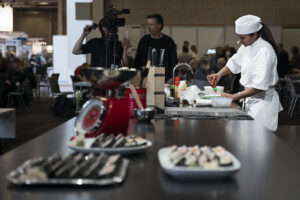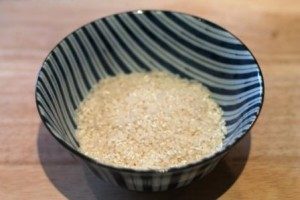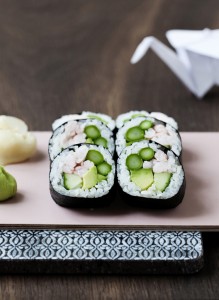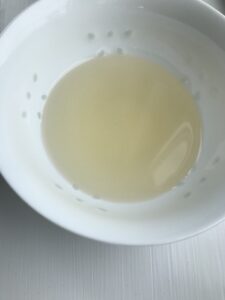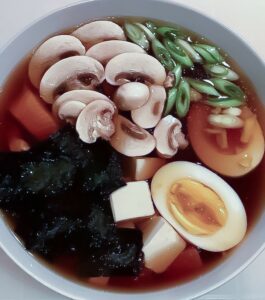
With spring and summer on the horizon, it’s time to embrace light, tasty dishes that evoke the feeling of sunshine and warm breezes. And what could be more perfect than a steaming bowl of Japanese noodle soup?
Whether you are an experienced cook or a newbie in the kitchen, there is something for everyone to learn at the last Japanese noodle soup course of the spring.
The popular Japanese noodle soups are a treasure trove of flavors that you can only find in restaurants in Tokyo. On the course, you will learn about different types of noodles, stock and spices that can transform a simple bowl of soup into a tasty experience.
On the course, you will be led by Denmark’s most experienced Japanese trained chef, who will share their secrets for creating the perfect noodle soup every time.
From preparing stock from scratch to mastering techniques for preparing various tasty ingredients, you will leave the course with a deeper understanding of noodle soup and what makes it Japan’s most sought-after dish.
Read more about the Japanese noodle soup course for beginners
_
Zoë has held sushi courses and cooking classes for A. P. Moller – Maersk, Hugo Boss Nordic, Novo Nordisk, Novartis, Velux, Gorrissen Federspiel, Beierholm revision, Elbek & Vejrup and many more.
